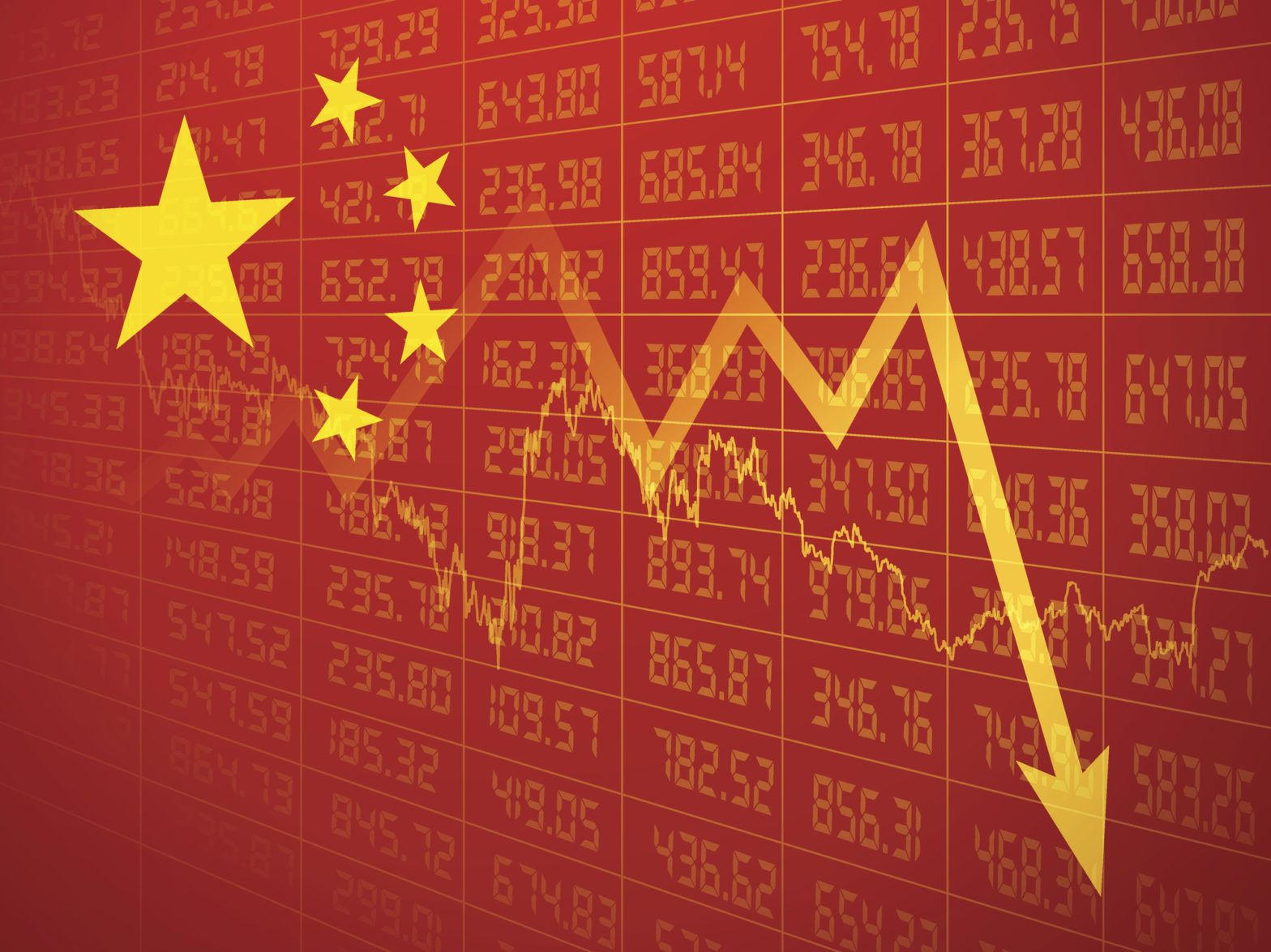The Chinese economic outlook was rocked last week by torrent of negative news.
The world’s second largest economy reported its sharpest year-on-year decline in exports in three years as exports slumped 20.7% in February. The benchmark Shanghai Composite index responded by falling 4.4% on Friday, the biggest intraday dip since October.

Last Tuesday, premier Li Keqiang announced that the country had lowered its target for economic growth to 6-6.5% – below last year’s 6.6% figure, already the country’s slowest annual rate of growth in almost three decades.

The negative data has heightened investor concerns about a Chinese slowdown dragging on the global economy.
Chinese policymakers cite the trade dispute with the US as the chief cause of the slowdown. The two countries remain locked in talks and are reportedly close to a deal, although sticking points remain.
But China faces a multitude of additional challenges at a time when rising wages are forcing it to reboot its economy away from low-cost manufacturing towards a more high-tech consumer-led model. Corporate defaults are on the rise and bad debt at the country’s banks is at its highest level for two decades.
Chinese corporate, government and household debts have increased by $23trn (€20.4trn) over the last decade, according to Bloomberg. In the absence of trustworthy government figures investors tend to look to external sources to gauge the scale China’s debt problem. The Institute of International Finance last year placed China’s debt to GDP at an unsustainable 300%.
“China’s debt has grown too quickly and will probably will not come down in the near-term,” said Dmitriy Vlasov, a Hong Kong-based portfolio manager at East Capital focused on Chinese equities. “The priority for Chinese policymakers is now the stabilisation of growth – not on deleveraging.”
Echoes of the past
There are obvious parallels between the current slump and 2015 when a slowing economy pushed the stock market into a tailspin sparking widespread panic. Beijing enacted a raft of measures to stem the turbulence including a ban on short selling and providing central-bank cash to prop up the market.
Didier Saint-Georges, managing director at French asset manager Carmignac, said that the high level of the debt in the Chinese system meant more and more debt was required to generate less and less growth. “As a result, there is clearly a limit in terms of what can be done with fiscal stimulus,” he said.
The Chinese government has so far resisted implementing far-reaching stimulus policies to boost growth. Measures it has introduced include raising the quota for local governments to issue bonds by RMB800bn renminbi (€107bn) to fund infrastructure projects.
Speculation has been growing as to whether China will make its first cut in benchmark interest rates in three years. But Saint-Georges said a rate cut presented risks because China was not running a current account surplus. “If you look at the current account balance you can see China is vulnerable to a loss from capital outflows,” he said.
A restrained response – so far
In comparison with 2015 – and 2008 when Beijing’s stimulus programme ended up flooding the banking system with non-performing loans – Beijing has been restrained in its approach, Vlasov said.
“Chinese policymakers have been experimenting with the tax rate to optimise the tax system for both individuals and corporates,” he said. “The stimulus this time around has been very targeted.”
The struggling auto sector, for example, has received support and incentives have been introduced to encourage people to upgrade towards more energy-efficient home appliances.
Prior to last week’s sell-off, the Shanghai Composite index had risen over 25% YTD outstripping most developed markets and Vlasov said certain sectors had been benefiting from Beijing’s stimulus efforts.
Adjusted expectations
“A number of consumer-led groups now look attractive on a risk-reward basis and there are attractive companies listed on the China A-Shares market related to new energy vehicles and the green sector,” Vlasov said.
“Healthcare is another interesting area as China’s ageing population gets wealthier and more people spend money on life and health-related insurance products another attractive sector is insurance.”
In terms of valuations, the Shanghai A-share PE ratio is at the lowest level since 2014 relative to developed and emerging markets.
Vlasov admitted that US-China trade dispute remains a significant concern. “President Donald Trump can behave in completely unpredictable way and this can impact investor sentiment. It is one of the key risks in the near-term,” he said.
However, Vlasov said investors should not be overly worried about the economic slowdown and need to adjust their growth expectations as the country develops. “The pace of growth is still high,” he said. ““As long as the transformation of the economy towards the consumer and service sectors is ongoing I don’t think there is any reason to be worried.”
East Capital’s China A-Shares strategy was made available to European investors – in Austria, Finland, France, Germany, Luxembourg, Netherlands – in September last year.








